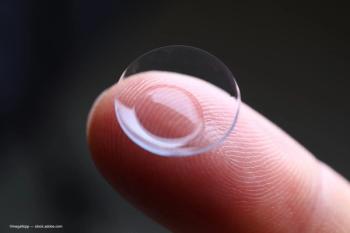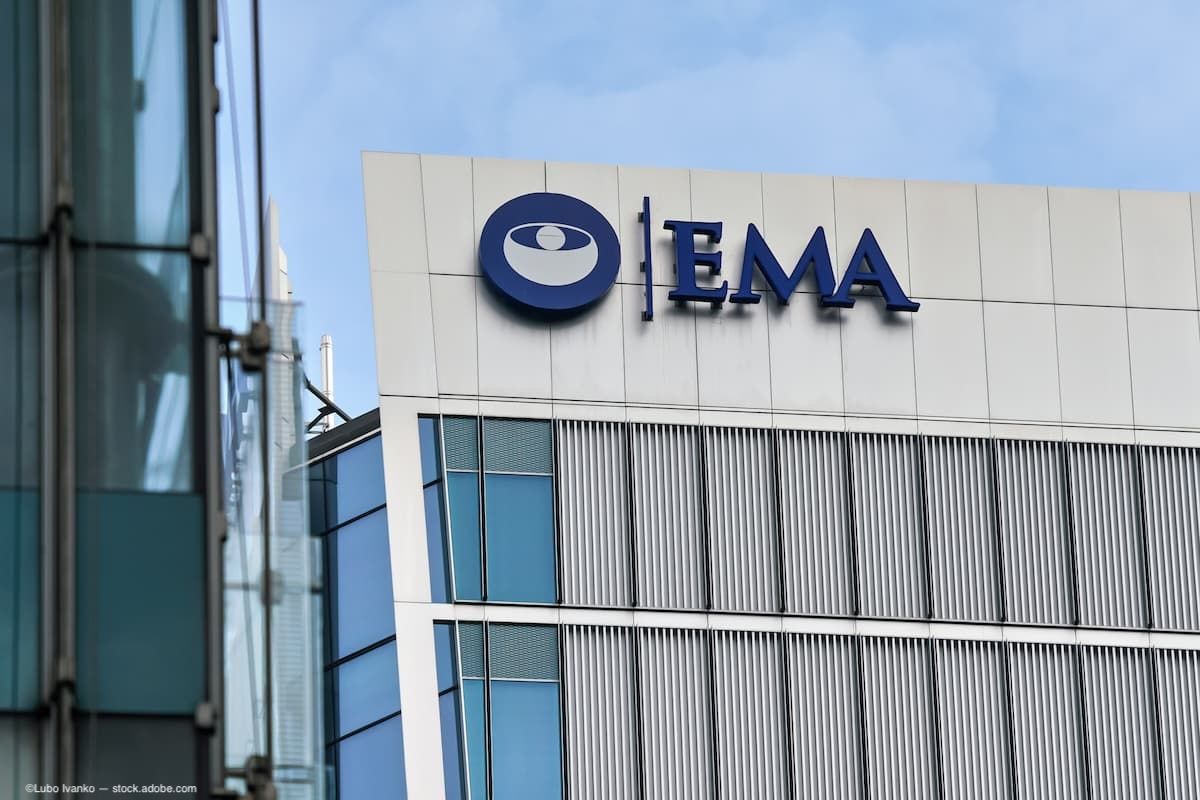
Cornea
Latest News

Latest Videos

More News

A machine learning model using treated astigmatism and other nuanced inputs can significantly improve the accuracy and personalization of arcuate keratotomy planning

Urcosimod is a lipid conjugated chemerin peptide agonist of the ChemR23 G-protein coupled receptor.

The retrospective study assessed corneal cross-linking complications at Wills Eye Hospital from 2018 to 2023.


New research links HPV to thyroid eye disease, suggesting viral infection may trigger immune responses through molecular mimicry, impacting diagnosis and treatment.

George O. Waring IV, MD, FACS, discusses the “vision for a lifetime” approach and how modern advancements allow tailored treatments for every stage of eye maturity.

Brett Bielory, MD, discusses his poster at the ASCRS annual meeting, which focuses on an under-diagnosed corneal pathology: neurotrophic keratitis.

Mah previews a packed 2025 Annual Meeting, from the debut of SightLine to Dr. Glaucomflecken’s return to the main stage, and outlines his priorities for the year ahead as incoming ASCRS president.

Uveal melanoma, which primarily affects Caucasian patients, is the most common primary intraocular tumor in adults2 that most often affects the choroid (90%), ciliary body (6%), and iris (4%)

Urcosimod (formerly known as OK-101) has been shown to be stable for over 2 and a half years in single-use ampoules used for administration of the drug to patients.

Pantheon Vision’s bioengineered corneal implant aims to tackle issues with the success rate of human donated tissue.

Epi-on corneal crosslinking is advancing through innovations like supplemental oxygen, chemical oxygenation, and laser-assisted techniques.

Aurion is developing AURN001, a clinical-stage allogeneic cell therapy asset, for corneal edema secondary to corneal endothelial disease.

The study findings indicated that lifestyle changes associated with the COVID-19 pandemic were connected to an increase in childhood astigmatisms.

The study evaluated 14 patients that were treated with cultivated autologous limbal epithelial cells (CALEC) and followed them for 18 months.

The system aids in the orthokeratology lens design process by syncing directly with topographers to create precise lens designs for the treatment of myopia in the matter of seconds.

Batoclimab is an anti-FcRn treatment being developed for a range of autoimmune diseases and active thyroid eye disease (TED).

The treatment was approved by China’s National Medical Products Administration (NMPA) and is China's first, and the world’s second, approved IGF-1R antibody drug.

Maria Vittoria Cicinelli, MD, Denise Loya-Garcia, MD, PhD, and Vishal Raval, MD, were announced as the recipients and will receive a $3,000 honorarium.

Urcosmid is a lipid conjugated chemerin peptide agonist of the ChemR23 G-protein coupled receptor, typically found on immune cells of the eye responsible for the inflammatory response.

Cortrophin Gel is a prescription medicine that is injected subcutaneously or intramuscularly indicated for severe acute and chronic allergic and inflammatory conditions affecting the eye.

Meibomian glands are critical to the ocular health in that they secrete lipid-rich meibum, which protects the ocular surface by preventing tear film evaporation.

Amniotic membrane tissue offers a number of advantages to patients.

The state-of-the-art facility more than doubles the institute’s footprint, enhancing patient care, research, and education.

A PDUFA date has been set for October 20, 2025. If approved, Epoxia will be the first epi-on corneal crosslinking on the market.

















.png)


